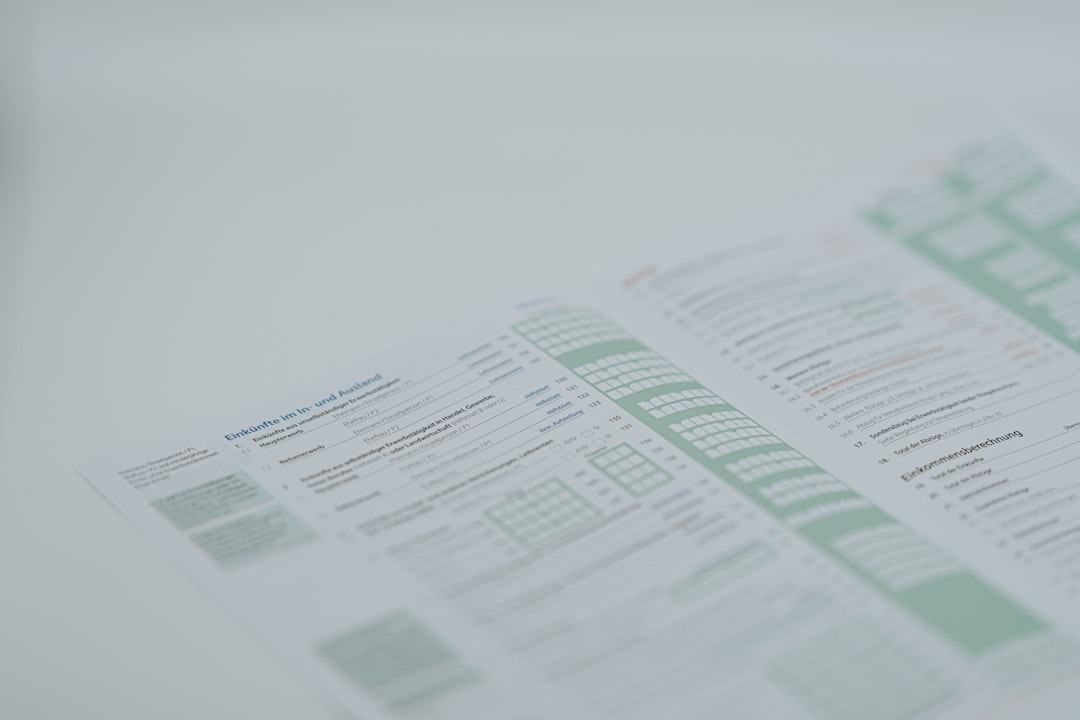
As artificial intelligence becomes a core component of products in industries such as healthcare, finance, and retail, transparency has evolved from a “nice-to-have” into a “must-have.” One powerful tool gaining traction in enhancing transparency is the use of model cards. Particularly for customer-facing AI features, model cards offer an accessible, structured way to convey critical information about how a machine learning model works, its intended uses, its potential biases, and its limitations.
Originally introduced by researchers at Google, model cards are descriptive documentation designed to foster responsible AI practices. They are primarily aimed at demystifying the behavior and performance of AI models for stakeholders, including developers, regulators, and customers. When integrated into customer-facing solutions, model cards serve a dual function: they inform and they build trust.
The Importance of Transparency in Customer-Facing AI
Customer-facing AI features are increasingly pervasive — from recommendation engines on e-commerce platforms to chatbots managing financial transactions. As users interact directly with these systems, the opacity of AI processes often leads to confusion, suspicion, or even unintended harm. This is especially critical in contexts where decisions have real-world implications, such as loan eligibility, medical diagnosis, or content moderation.

In these environments, the absence of clear documentation and user comprehension can lead to brand erosion and regulatory scrutiny. Model cards help bridge this transparency gap by offering standardized and digestible insights into how models behave. Customers no longer need to trust AI systems blindly—they can understand how decisions are made and why a specific outcome occurred.
What a Model Card Typically Includes
A well-designed model card compiles the following essential elements in a standardized format:
- Model Overview: Describes what the model does, its architecture, and its version history.
- Intended Use: Clarifies the purposes the model is designed for and any known limitations.
- Training Data: Details about the datasets used, their sources, and any preprocessing steps.
- Evaluation Metrics: Performance results based on selected metrics that highlight both strengths and limitations.
- Ethical Considerations: Notes on fairness, potential biases, and the outcomes of auditing procedures.
- Caveats and Recommendations: Advice on appropriate usage and warnings about potential misuse.
By offering this condensed yet comprehensive snapshot, model cards empower both technical and non-technical stakeholders to make informed decisions regarding the model’s deployment and interaction.
Why Model Cards Matter for End Users
While data scientists and AI researchers can glean insights from technical documentation and model weights, end users typically lack this expertise. This is where model cards make a difference. With clear, concise language and thoughtfully included visualizations or examples, model cards break down the “black box” that AI is often perceived to be.
For example, consider a customer using an AI-powered resume screening tool. A model card for the underlying model might show that it tends to prioritize certain educational backgrounds over others but also acknowledge that it should not be used as a definitive measure of employability. Such disclosures not only inform the customer but promote ethical usage and continued scrutiny.

Ultimately, integrating model cards into user interfaces or making them easily accessible can serve as both an educational tool and a compliance mechanism. Users engaged with high-impact AI features deserve this level of transparency.
Challenges in Implementation
Despite their clear utility, the deployment of model cards in customer-facing environments is not without friction. Here are some common challenges organizations face:
- Standardization: There is no universally accepted structure for model cards, which can lead to inconsistencies across products and organizations.
- Maintenance: As models evolve over time, model cards must be updated to reflect new performance metrics, retrained data, or additional testing results.
- Legal Considerations: Including too much information can expose companies to liability, while too little may not meet regulatory compliance requirements.
- User Comprehension: The language of the card must balance technical rigor with user-friendly presentation, which often requires collaboration between technical and UX teams.
To address these barriers, several organizations are beginning to adopt template repositories, version control mechanisms, and even industry-specific model card standards.
Best Practices for Building and Deploying Model Cards
To derive maximum value from model cards, companies should adhere to several best practices:
- Collaborate Cross-Functionally: Involve engineers, ethicists, legal experts, and UX designers when designing model cards for diverse perspectives.
- Include Real Scenarios: Use simple, relatable language and examples based on scenarios users may encounter.
- Enable Feedback Mechanisms: Give users the ability to report issues or confusion, feeding back into ongoing model improvements.
- Audit Regularly: Treat model cards not as a one-time documentation project but as a living part of the model lifecycle.
Integrating model cards into the core user experience brings AI usage into public scrutiny—not as a vulnerability, but as a strength. It reflects a company’s commitment to accountability, fairness, and informed user engagement.
Future of Model Cards in AI-Driven Products
As regulations evolve and user expectations rise, the model card may soon become a standard feature much like nutritional labels on food products. Beyond informing users, they can serve as anchors for compliance audits, ethics reviews, and user education programs. Companies that adopt model cards now are not just staying ahead of regulation—they are building a culture of trust and responsibility around their technological advancements.

There is also growing interest in automating the creation and updating of model cards through integrated MLOps pipelines. This automation can reduce manual burden, ensure accuracy, and speed up compliance across different AI projects. Such innovations point toward a future where transparency is not just provided—it is ingrained in the fabric of AI development.
Frequently Asked Questions (FAQ)
-
What is a model card?
A model card is a document that provides structured information about a machine learning model, including its purpose, performance, limitations, and ethical implications. -
Who benefits from model cards?
Customers, developers, regulatory bodies, and other stakeholders all benefit from the clarity and transparency offered by model cards. -
Are model cards legally required?
Not yet in most jurisdictions, but they are increasingly recommended and may become part of regulatory compliance in the near future. -
How often should model cards be updated?
They should be updated whenever significant changes are made to the model, including retraining, changes in data sources, or new risk evaluations. -
Can model cards be shown directly to customers?
Yes, and doing so is a best practice for customer-facing features. The key is to ensure that the language and presentation are accessible and informative. -
What industries are using model cards today?
Tech, healthcare, finance, and education are among the industries already implementing model cards to enhance AI transparency.





